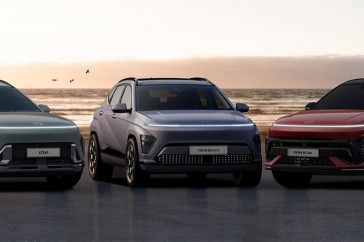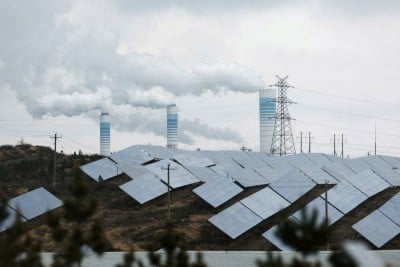Fuel efficiency is a critical aspect of vehicle performance and ownership experience. Optimizing the fuel efficiency of your Kona SUV not only contributes to cost savings but also promotes environmental sustainability. This guide provides comprehensive insights into various strategies and practices to enhance the fuel efficiency of your Kona SUV, ensuring that you maximize every gallon for a more economical and eco-friendly driving experience.

Effective Driving Habits:
Adopt driving habits that contribute to fuel savings. Smooth acceleration, avoiding high speeds, and gradual braking help in conserving fuel. Aggressive driving behaviors, such as rapid acceleration and braking, can significantly reduce fuel efficiency.
Optimized Use of Air Conditioning:
Regulate the use of air conditioning. While necessary for comfort, excessive use of air conditioning can lead to increased fuel consumption. Utilizing the air conditioning judiciously and considering ventilation options can help in optimizing fuel usage.
Regular Maintenance:
Maintain your Kona SUV as per the manufacturer’s guidelines. Regular oil changes, air filter replacements, and maintaining optimal tire pressure are crucial for fuel efficiency. A well-maintained vehicle operates more efficiently, contributing to fuel economy.
Strategic Trip Planning:
Plan trips strategically to avoid heavy traffic, long idling times, and unnecessary stops. Utilizing navigation tools to optimize routes and avoid congested areas can help in reducing fuel consumption due to stop-and-go traffic.
Weight Management:
Avoid carrying unnecessary weight in the vehicle. Extra weight can burden the engine, leading to increased fuel consumption. Remove any non-essential items, especially during city driving, to enhance fuel efficiency.
Utilizing Cruise Control:
Make effective use of cruise control during highway driving. Cruise control can maintain a constant speed, preventing unnecessary acceleration and deceleration, which can be beneficial for fuel economy on long trips.
Efficient Gear Shifting:
For manual transmissions, shift gears efficiently to avoid over-revving the engine. Efficient gear shifting contributes to a smoother driving style that is conducive to fuel efficiency.
Ensuring Aerodynamic Efficiency:
Minimize aerodynamic drag by keeping windows and sunroofs closed at high speeds and removing roof racks when not in use. Improved aerodynamics can enhance fuel efficiency, especially during highway driving.
Fuel Quality and Type:
Use the recommended fuel type and quality for your Kona SUV. High-quality fuels and adherence to manufacturer recommendations can contribute to the engine’s efficiency and performance.
Utilizing Eco Mode:
Engage Eco Mode if available. Eco Mode optimizes various vehicle systems for enhanced fuel efficiency, making it a suitable choice for city driving and congested traffic conditions.
Avoiding Excessive Idling:
Minimize idling times. If waiting for extended periods, consider turning off the engine. Excessive idling contributes to unnecessary fuel consumption and emissions.
Tire Maintenance and Selection:
Choose tires that contribute to fuel efficiency and ensure they are properly maintained. Correct tire pressure and choosing low-rolling-resistance tires can improve fuel economy.
In conclusion, optimizing the fuel efficiency of your Kona SUV involves a multifaceted approach that encompasses efficient driving habits, regular vehicle maintenance, strategic planning, and effective utilization of vehicle features. Implementing these strategies will ensure that your Kona SUV operates at optimal fuel efficiency, enhancing the overall ownership experience, cost-effectiveness, and environmental sustainability of your driving practices.








